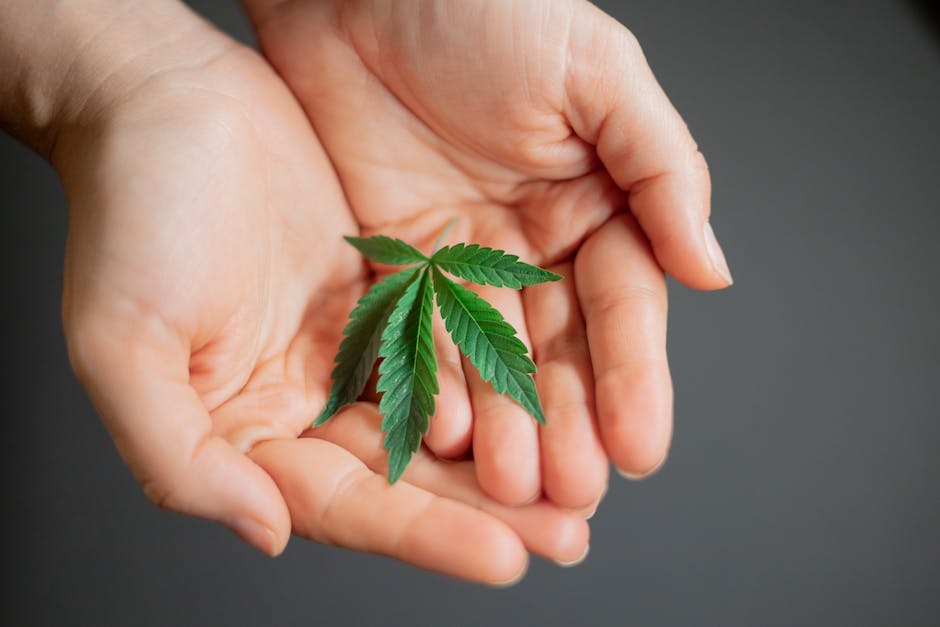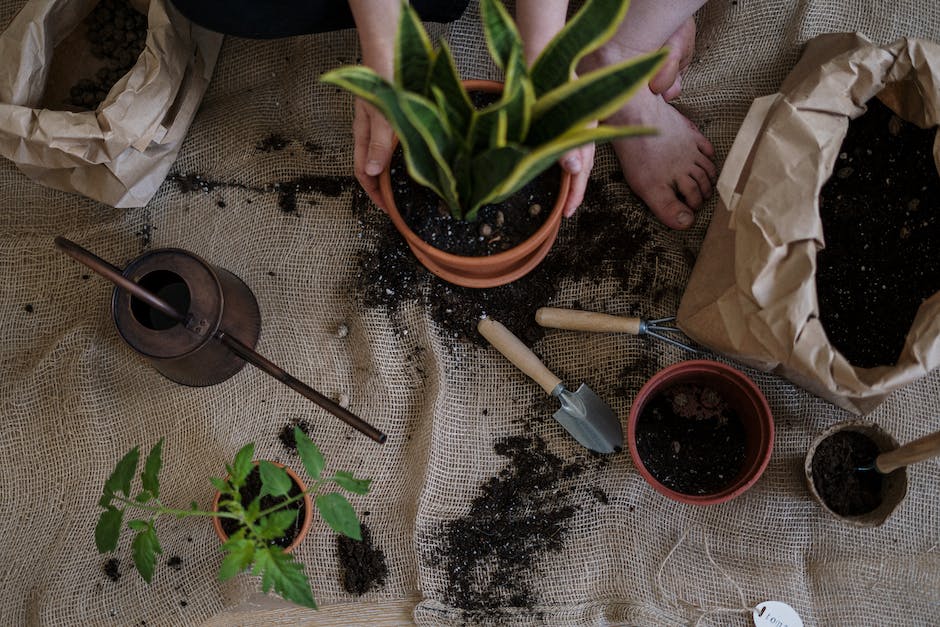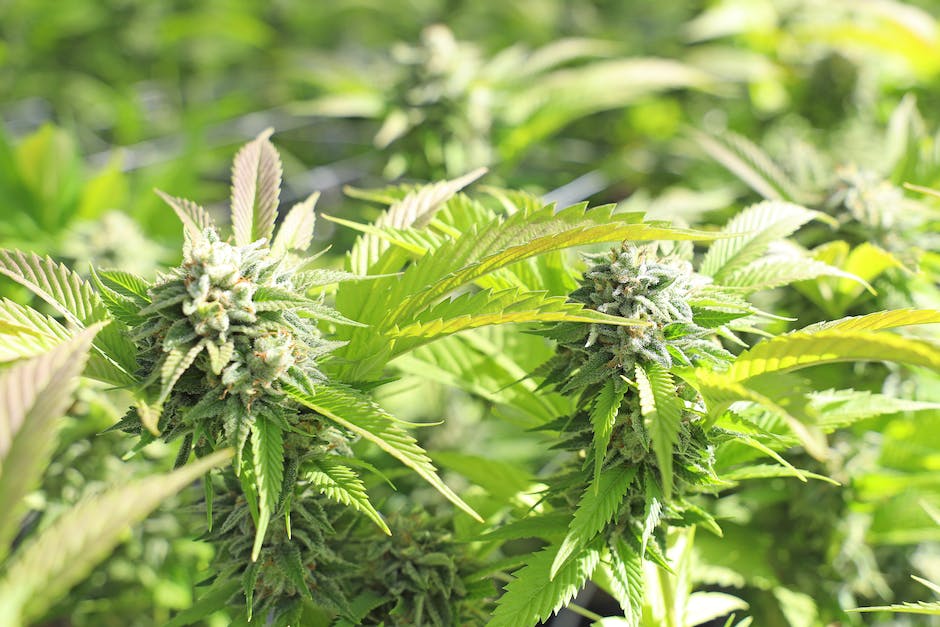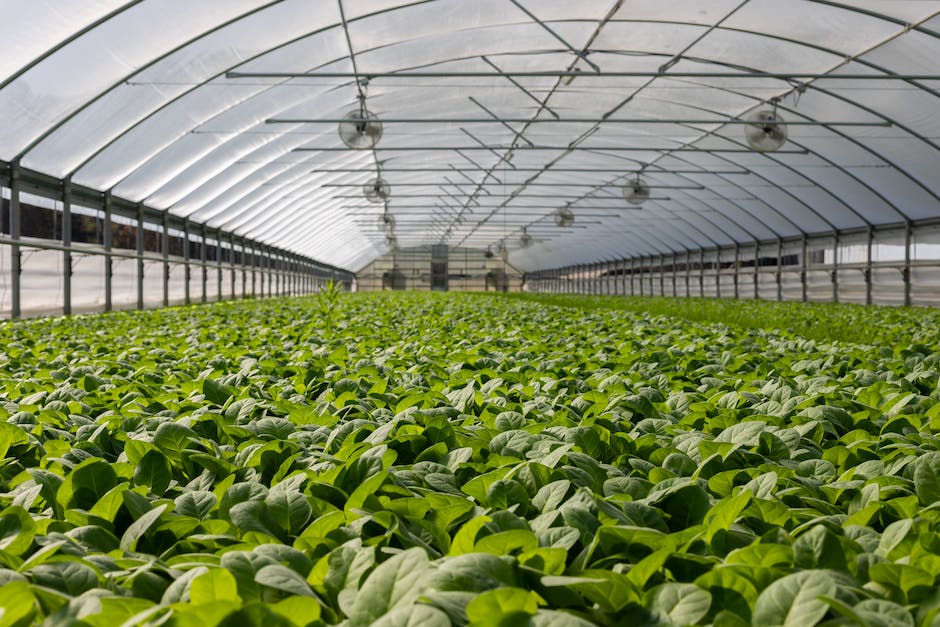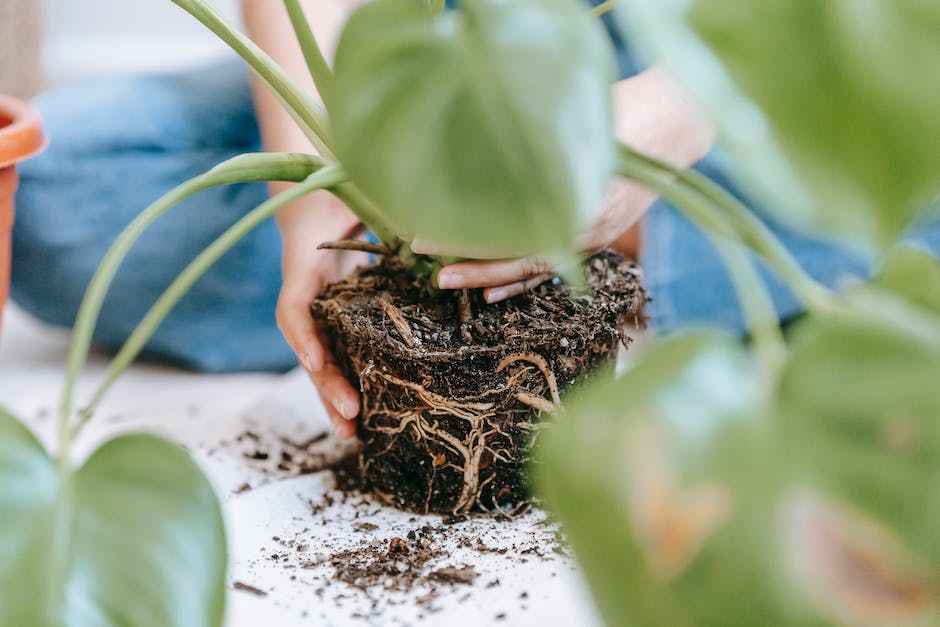As the legality surrounding cannabis continues to evolve, more and more individuals are considering growing their own plants at home. Indoor cultivation of cannabis clones has gained popularity due to its controlled environment, which allows for consistent quality and yields throughout the year. However, successfully growing cannabis clones indoors requires careful planning and adherence to certain techniques. In this blog post, we will provide you with valuable tips and insights to help you achieve successful indoor clone cultivation. Whether you are a seasoned cultivator or a beginner, this guide will equip you with the necessary knowledge to excel in this endeavor. From selecting the right genetics to maintaining optimal environmental conditions, we will cover all aspects crucial for your success. Let’s delve into the world of indoor clone cultivation and unlock the secrets to growing top-quality cannabis from the comfort of your own home.
Selecting the right cannabis strain for cloning (focusing on best choices for indoor cultivation)
When it comes to successful indoor clone cultivation of cannabis, selecting the right strain is of utmost importance. Each cannabis strain has its own unique characteristics, including growth patterns, yield potential, and resistance to pests and diseases. For indoor cultivation, it is crucial to choose strains that are well-suited to the controlled environment and space limitations.
Here are some factors to consider when selecting the right cannabis strain for cloning indoors:
1. Size and Structure: Opt for cannabis strains that have compact and bushy growth patterns. These strains are more suitable for indoor cultivation as they can be easily trained and maintained within limited vertical space. Indica-dominant strains tend to exhibit shorter and stockier growth habits compared to sativa-dominant strains.
2. Yield Potential: Look for strains that have a high yield potential within a confined space. Some strains are known for their heavy and dense buds, which can be an advantage for maximizing yield. Strains like “Northern Lights” and “White Widow” are popular choices for indoor cultivation due to their impressive yields.
3. Flowering Time: Consider the flowering time of the strain, which refers to the duration it takes for the plant to transition from the vegetative stage to the flowering stage. Opting for strains with shorter flowering times can be advantageous, as it allows for quicker cultivation cycles and a higher number of harvests per year.
4. Resilience and Disease Resistance: Indoor environments can sometimes be prone to pests, diseases, and fluctuations in temperature and humidity. Selecting strains that exhibit resilience to common indoor issues can help minimize potential problems. Research strains that have built-in resistance to pests like spider mites or diseases like powdery mildew.
5. Desired Effects and Cannabinoid Profile: Don’t forget to consider the desired effects and cannabinoid profile of the strain. Whether you’re looking for medicinal properties, certain levels of THC or CBD, or specific terpene profiles, ensure that the strain you choose aligns with your desired preferences.
Remember, the best cannabis strain for indoor clone cultivation may vary depending on personal preferences and specific growing conditions. Consulting with experienced cultivators or doing thorough research on strain characteristics can help you make an informed choice and set the foundation for successful indoor clone cultivation.
Understanding the cloning process and its benefits over growing from seeds
Understanding the Cloning Process and its Benefits over Growing from Seeds
When it comes to cultivating cannabis plants at home, growers have two primary options: growing from seeds or using the cloning method. While growing from seeds may seem like the more conventional approach, cloning offers a range of benefits that can enhance the success of your indoor cannabis cultivation.
Cloning involves taking a cutting from a healthy mother plant and rooting it to develop into a genetically identical clone. This process allows growers to replicate the desirable traits of the mother plant, ensuring consistency and quality in the resulting cannabis plants. Here’s a closer look at the cloning process and its advantages over traditional seed cultivation:
1. Genetic Consistency: One of the key advantages of cloning is the ability to maintain genetic consistency. By selecting a mother plant with desirable traits, such as high potency or a particular flavor profile, growers can replicate those qualities in each clone. This ensures a more predictable outcome and reduces the variability that can occur when growing from seeds.
2. Precise Phenotype Preservation: Cloning allows growers to preserve a specific phenotype, which refers to the observable traits of a plant resulting from the interaction between its genetic makeup and the environment. While seeds may produce plants with varied phenotypes, cloning ensures that each new plant will exhibit the same characteristics as the original mother plant. This allows growers to cultivate with precision and maintain the desired traits throughout multiple harvests.
3. Faster Growth and Development: When starting from seeds, growers need to wait for the germination process to occur, which can take several days or more. By opting for cloning, growers eliminate this waiting period and jumpstart the growth and development process. Clones are already developed plants, rooted and ready to grow. This reduces the overall time required for a cannabis plant to reach maturity, resulting in faster harvest cycles and increased productivity.
4. Pest and Disease Resistance: With cloning, growers can benefit from the natural pest and disease resistance that the original mother plant possessed. By selecting a healthy and robust mother plant, growers can propagate clones that will also exhibit similar levels of resistance. This can significantly reduce the risk of pest infestation or disease spread, minimizing the need for harmful pesticides or fungicides.
5. Cost-Effective Approach: Cloning offers a cost-effective solution for home growers, as it eliminates the need to purchase new seeds for every cultivation cycle. By propagating clones from a single healthy mother plant, growers can save money and invest in other aspects of their indoor cultivation setup, such as lighting, nutrients, or ventilation.
In summary, understanding the cloning process and its benefits can pave the way for successful indoor cannabis cultivation. The ability to maintain genetic consistency, preserve specific phenotypes, accelerate growth, enhance pest resistance, and reduce costs make cloning a preferred method for many home growers. By taking advantage of this technique, you can ensure a more predictable and productive cannabis cultivation experience.
Setting up an ideal indoor growing space for clone cultivation (including lighting, temperature, and humidity requirements)
Setting up an ideal indoor growing space for clone cultivation requires careful consideration of factors such as lighting, temperature, and humidity. Creating the optimal environment will promote healthy plant growth, maximize yield, and ensure successful cannabis cultivation. Here are some tips to help you set up your indoor growing space for clone cultivation.
Lighting plays a crucial role in the growth and development of cannabis plants. Choose high-quality grow lights that emit the full spectrum of light, including both cool and warm wavelengths. LED grow lights are popular among indoor growers as they are energy-efficient and can be tailored to meet the specific light requirements of clones. Hang the lights at an appropriate height to provide uniform coverage to all plants.
Maintaining the right temperature is essential for the healthy growth of cannabis clones. Generally, a temperature range between 70-80°F (21-27°C) works well for most strains. Ensure that the temperature remains consistent throughout the growing space. Use thermometers to monitor the temperature and adjust accordingly, keeping in mind that different stages of plant growth may require slight temperature variations.
Humidity levels also play a critical role in the success of clone cultivation. During the vegetative stage, aim for a humidity level between 50-70% to facilitate vigorous growth. As the plants transition to the flowering stage, gradually reduce the humidity to prevent the development of mold and mildew. Use a humidifier or dehumidifier, as necessary, to maintain the desired humidity levels.
Proper airflow is vital to prevent stagnant air, reduce the risk of pests, and strengthen the plants’ structure. Install oscillating fans to circulate air within the growing space and promote healthy transpiration. Adequate ventilation will also help control temperature and humidity levels. Additionally, consider using carbon filters to minimize odors and ensure a discreet cultivation setup.
To create a favorable environment for clone cultivation, it’s important to minimize external factors that could stress the plants. Insulate the growing space to prevent drafts and external temperature fluctuations. Light leaks during the dark period can disrupt the plants’ growth cycle, so ensure the space is completely light-tight. Consider using reflective materials on the walls and ceiling to maximize light absorption and distribution.
Setting up an ideal indoor growing space for clone cultivation requires careful attention to detail. By optimizing lighting, temperature, humidity, and airflow, you can provide a nurturing environment that promotes healthy plant growth and successful cannabis cultivation. Take the time to establish the optimal conditions for your clones, and you’ll be rewarded with robust, high-yielding cannabis plants.
Choosing the right soil or growing medium for successful clone cultivation
When it comes to successful indoor clone cultivation, choosing the right soil or growing medium is crucial. The soil or medium provides the necessary support, nutrients, and moisture retention required for healthy clone growth. Here are some important factors to consider when selecting the ideal option:
1. Nutrient Content: Opt for a soil or growing medium that is specifically formulated for cannabis cultivation. Look for one that includes a balanced blend of macro and micronutrients, ensuring that your clones receive the essential elements needed for vigorous growth.
2. Moisture Retention: Adequate moisture is essential for clone development, as they require high humidity levels during their initial stages. Consider a soil or medium that retains moisture well without becoming waterlogged, allowing the clones to establish their roots without risking over-saturation.
3. Aeration: Good airflow and oxygenation are crucial for the roots’ health and overall growth of your clones. Choose a soil or medium that provides sufficient aeration, preventing the roots from suffocating and promoting better nutrient absorption.
4. pH Level: Cannabis plants thrive in a slightly acidic soil or medium with a pH level between 5.8 and 6.5. Ensure that the soil or medium you choose falls within this range to facilitate nutrient uptake and maintain optimal root health.
5. Organic or Synthetic: Decide whether you prefer organic or synthetic nutrients for your clone cultivation. Organic soils or mediums contain natural components like compost, worm castings, and bat guano, providing a rich source of nutrients. On the other hand, synthetic mediums allow for precise control over nutrient composition but may require additional monitoring and adjustments.
6. Sterility: It is essential to choose a soil or medium that is free from pathogens, pests, and weed seeds. This reduces the risk of infections and unwanted plant growth, ensuring a clean and healthy environment for your clones.
7. Ease of Use: Consider your level of experience and the time you are willing to invest in maintaining your clone cultivation. Some soils or mediums come pre-mixed with added nutrients, saving you time and effort. Others may require amendments and adjustments as per your plant’s specific needs.
Remember to thoroughly research and read product labels before making a final decision. Additionally, consider seeking advice from experienced growers or consult with a local garden center to understand which soil or growing medium works best for your indoor clone cultivation setup. By selecting the right soil or medium, you can provide your clones with a strong foundation for healthy growth and successful cannabis cultivation.
Properly preparing and treating the clone cuttings to maximize success rates
Growing cannabis at home can be an exciting and rewarding experience, especially if you’re interested in clone cultivation. Cloning involves taking cuttings from a healthy mother plant and encouraging them to develop into genetically identical plants. Properly preparing and treating these clone cuttings is crucial to maximize your success rates. Here are some tips to ensure you’re giving your clones the best chance at thriving.
1. Selecting the right mother plant: The success of your clone cultivation starts with selecting a healthy and vigorous mother plant. Look for plants with desirable traits such as abundant yields, pest resistance, and high potency. It’s essential to choose plants free from any diseases, pests, or nutrient deficiencies, as these issues can be passed on to the clones.
2. Timing is key: Timing plays a significant role in clone success. It is best to take clone cuttings during the vegetative stage when the mother plant is actively growing and has numerous healthy shoots. Avoid taking clone cuttings from plants during the flowering stage, as they may have reduced rooting potential and could negatively impact yields.
3. Proper sterilization of tools and equipment: Before taking clone cuttings, clean and sterilize your tools properly. This helps prevent the spread of diseases, pests, or pathogens. Use a solution of 70% isopropyl alcohol or a sterilizing agent designed for horticultural use to disinfect your cutting tools, scissors, and any other equipment you’ll be using.
4. Preparing the clone cuttings: Once you have selected the right mother plant and sterilized your tools, it’s time to prepare the clone cuttings. Cut a healthy shoot from the desired mother plant just below a node, ensuring it’s approximately 4-8 inches long. Remove any lower leaves, leaving only a few at the top to minimize moisture loss. Dip the cut end in a rooting hormone powder or gel, which will help stimulate root growth.
5. Providing a suitable rooting environment: The success of your clone cuttings greatly depends on the rooting environment you provide. Use a well-draining rooting medium like rockwool, peat moss, or a mix of perlite and vermiculite. Maintain a consistent temperature around 70-80°F (21-27°C) during rooting and aim for humidity levels around 70-80%. Consider using a humidity dome or a propagation tray with a clear cover to retain moisture and create a stable microclimate.
6. Care and monitoring: Once the clone cuttings are placed in the rooting medium, it’s crucial to provide constant care and monitoring. Ensure the rooting medium remains moist but not oversaturated. Check the cuttings regularly for any signs of wilting, discoloration, or disease. Provide a gentle air circulation to prevent excessive humidity buildup, but avoid direct airflow that could dry out the cuttings.
By following these tips for properly preparing and treating clone cuttings, you’ll increase your chances of successful indoor clone cultivation. Remember to stay patient and attentive throughout the process, as clones can be delicate and require extra care. With time and practice, you’ll master the art of clone cultivation and enjoy a bountiful harvest of high-quality cannabis in the comfort of your own home.
The essential nutrients and fertilizers required for healthy clone development
When it comes to successful indoor clone cultivation, providing the right nutrients and fertilizers is crucial for healthy plant development. Clones, which are genetic copies of a mother plant, require a balanced diet to thrive and reach their full potential. Here are some essential nutrients and fertilizers that should be incorporated into your clone cultivation regimen:
1. Nitrogen (N): Nitrogen is an essential nutrient for promoting vegetative growth and overall plant health. It aids in the production of chlorophyll and protein synthesis, which are both vital for robust clone development. Nitrogen can be supplied through organic sources like fish emulsion or blood meal, or through synthetic fertilizers with a balanced N-P-K (nitrogen-phosphorus-potassium) ratio.
2. Phosphorus (P): Phosphorus is critical for root development, energy transfer, and flower production in cannabis plants. It plays a vital role in promoting strong root systems for clones, enabling them to absorb water and nutrients efficiently. Phosphorus-rich fertilizers, such as bone meal or rock phosphate, can be added during the vegetative stage to support healthy clone growth.
3. Potassium (K): Potassium is involved in various important functions within cannabis plants, including photosynthesis, water regulation, and disease resistance. It contributes to overall plant vigor, disease prevention, and enhances the quality and potency of the final product. Fertilizers containing potassium, such as potassium sulfate or kelp meal, should be introduced during the flowering phase to support clone development and maximize yields.
4. Calcium (Ca): Calcium is essential for cell wall development and overall plant structure. It aids in nutrient uptake and helps prevent nutrient deficiencies or imbalances. Calcium can be supplied through sources like gypsum or dolomite lime, ensuring your clones have strong stems and healthy overall plant structure.
5. Magnesium (Mg): Magnesium is a crucial element in chlorophyll production, making it essential for healthy photosynthesis and vibrant foliage. It plays a role in enzymatic functions and supports nutrient absorption. Supplementing with magnesium sulfate (Epsom salt) can help ensure your clones maintain a rich, green color and robust growth.
In addition to these primary nutrients, trace elements and micronutrients, such as iron, zinc, copper, and manganese, are also necessary but needed in much smaller quantities. These micronutrients can be supplied through specialized plant fertilizers or by using compost or organic matter in your growing medium.
Remember, providing the right nutrients at the appropriate stages of growth is crucial for successful indoor clone cultivation. Careful attention to nutrient ratios and feeding schedules will help ensure healthy clone development, vigorous growth, and ultimately, a bountiful harvest.
Establishing a consistent watering and feeding schedule for indoor clones
Establishing a Consistent Watering and Feeding Schedule for Indoor Clones
When it comes to successful indoor clone cultivation, one of the key factors to consider is maintaining a consistent watering and feeding schedule. Like any other plant, cannabis clones require proper nourishment and hydration to thrive. By establishing a structured routine, you can ensure that your plants receive the necessary nutrients and moisture they need for healthy growth. Here are some essential tips for creating a consistent watering and feeding schedule for your indoor clones:
1. Understand the Different Growth Stages: Cannabis clones go through various growth stages, and each stage requires different levels of nutrients and water. It’s crucial to familiarize yourself with these stages – from the early rooting phase to vegetative growth and eventually flowering. Each stage has different requirements, and adjusting your watering and feeding schedule accordingly will optimize plant development.
2. Invest in Quality Nutrients and Fertilizers: Choosing high-quality nutrients and fertilizers specifically designed for cannabis will greatly contribute to the overall well-being of your clones. These products are formulated to provide a balanced range of macronutrients (such as nitrogen, phosphorus, and potassium) and micronutrients (like iron, calcium, and zinc) that are vital for proper growth. Read and follow the instructions provided by the manufacturer for best results.
3. Observe and Adjust According to Plant Needs: Every cannabis clone is unique, and their nutrient and water requirements may vary. Regularly observe your plants to identify their needs accurately. Keep an eye out for signs of nutrient deficiencies or excesses, such as yellowing leaves or wilting. Adjust your watering and feeding schedule accordingly to address any ongoing issues and prevent any potential problems.
4. Consider pH Levels: The pH level of the water and nutrient solution plays a significant role in determining nutrient availability to cannabis plants. Ideally, the pH level should fall between 5.5 and 6.5. Test the pH of your water and nutrient mixture regularly using a pH testing kit and make adjustments as necessary to ensure optimal nutrient uptake.
5. Maintain Consistent Moisture Levels: While clones should not be overwatered, it’s important to maintain consistent moisture levels in the root zone. Overwatering can lead to root rot and other fungal diseases, while under-watering can stunt growth and cause nutrient deficiencies. Strike a balance by watering the plants thoroughly, allowing excess water to drain from the pots, and ensuring the growing medium remains moist but not overly soggy.
6. Follow a Schedule: Create a calendar or use a reminder system to keep track of your watering and feeding schedule. Consistency is key, so aim to water and feed your clones at the same time each day, or as specific to the growth stage as required. This will provide stability for their development and prevent any fluctuations that can stress the plants.
Taking the time to establish a consistent watering and feeding schedule for your indoor clones is crucial for their success and overall yield. By understanding their growth stages, selecting quality nutrients, observing plant health, being mindful of pH levels, maintaining moisture levels, and following a set schedule, you’ll ensure that your cannabis clones receive all the essential elements they need to flourish and produce a bountiful harvest.
Tips for monitoring and maintaining a pest-free environment in indoor clone cultivation
One of the most important aspects of successful indoor clone cultivation is maintaining a pest-free environment. As cannabis plants are highly susceptible to pests, it is crucial to create a monitoring and maintenance routine to keep unwanted visitors at bay. Here are some tips to help you create a pest-free environment for your indoor clone cultivation:
1. Regularly inspect your plants: Make it a habit to closely examine your plants for any signs of pests or infestations. Look out for common pests such as spider mites, aphids, thrips, and fungus gnats. Catching the problem early can help prevent it from spreading and causing significant damage.
2. Use environmentally-friendly pest control methods: Avoid using harsh chemical pesticides that can harm the health of your plants and pose a risk to your own well-being. Instead, opt for organic and natural pest control methods such as neem oil, insecticidal soaps, and beneficial insects like ladybugs or predatory mites. These alternatives are effective in controlling pests while being safe for your plants and the environment.
3. Maintain proper cleanliness: Regularly clean and sanitize your growing space, including the pots, trays, and tools you use. Remove any dead or decaying plant materials promptly as they can attract pests. Additionally, ensure proper ventilation and airflow in your indoor garden to prevent stagnant conditions that can invite pests.
4. Quarantine new plants or clones: When introducing new plants or clones into your indoor garden, it is crucial to quarantine them for a few days. This separate space allows you to monitor the newcomers closely for any signs of pests or diseases. By keeping them separate, you can prevent potential infestations from affecting your entire crop.
5. Implement preventive measures: Along with monitoring, preventive measures play a crucial role in keeping pests at bay. Install physical barriers like insect screens on windows and ventilation systems to prevent pests from entering your growing space. It is also helpful to regularly treat your plants with preventative solutions like beneficial nematodes or diatomaceous earth.
6. Educate yourself about common pest indicators: Familiarize yourself with the signs that indicate pest infestations. These can include yellowing or discolored leaves, spotted leaves, webbing or silk-like threads, wilting, or distorted growth. By knowing what to look for, you can take prompt action to address any pest-related issues.
Remember, maintaining a pest-free environment is an ongoing process, and consistent monitoring and preventive measures are critical. By being vigilant and taking necessary precautions, you can create an ideal environment for your cannabis clones to thrive and flourish.

